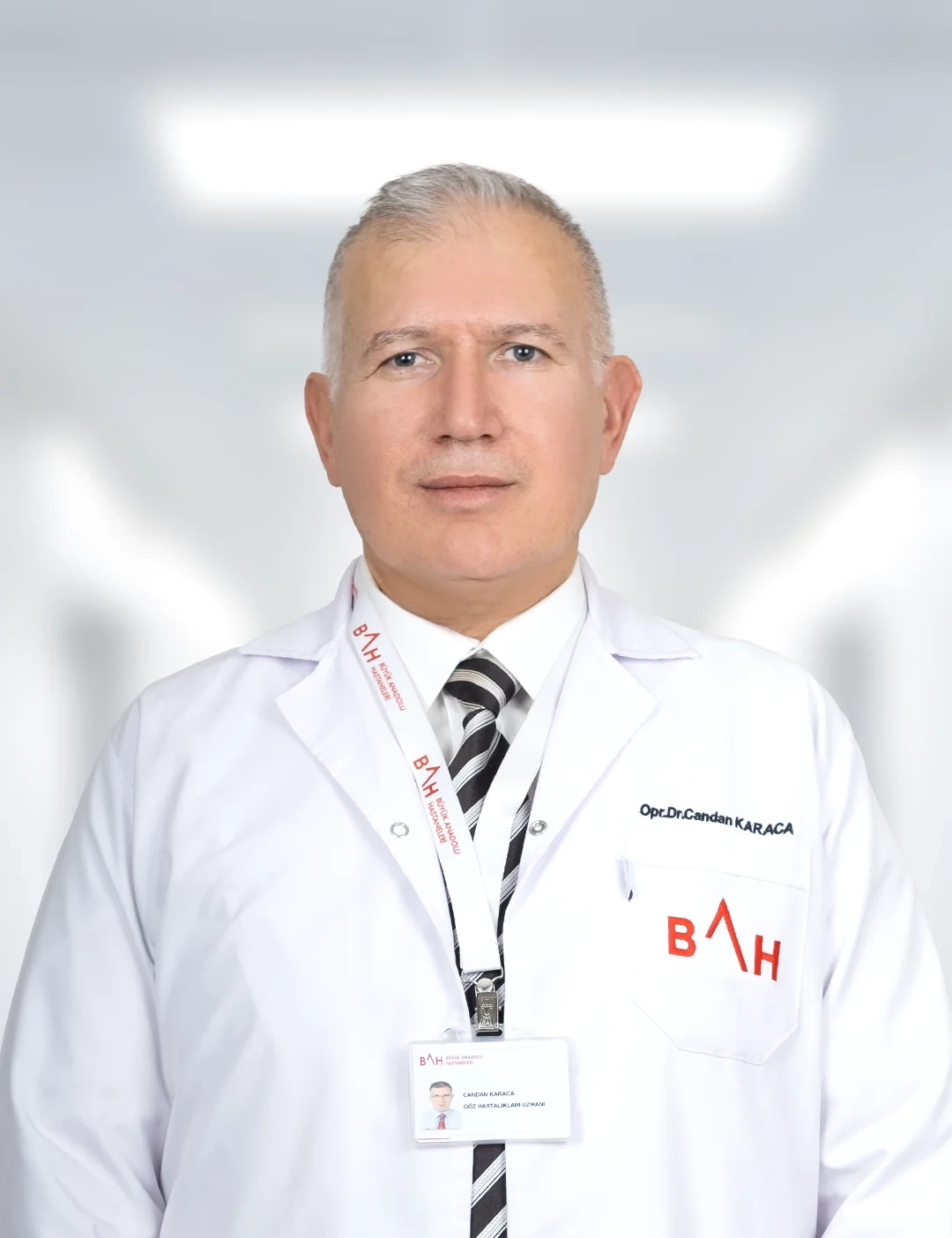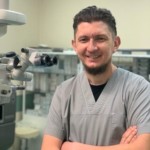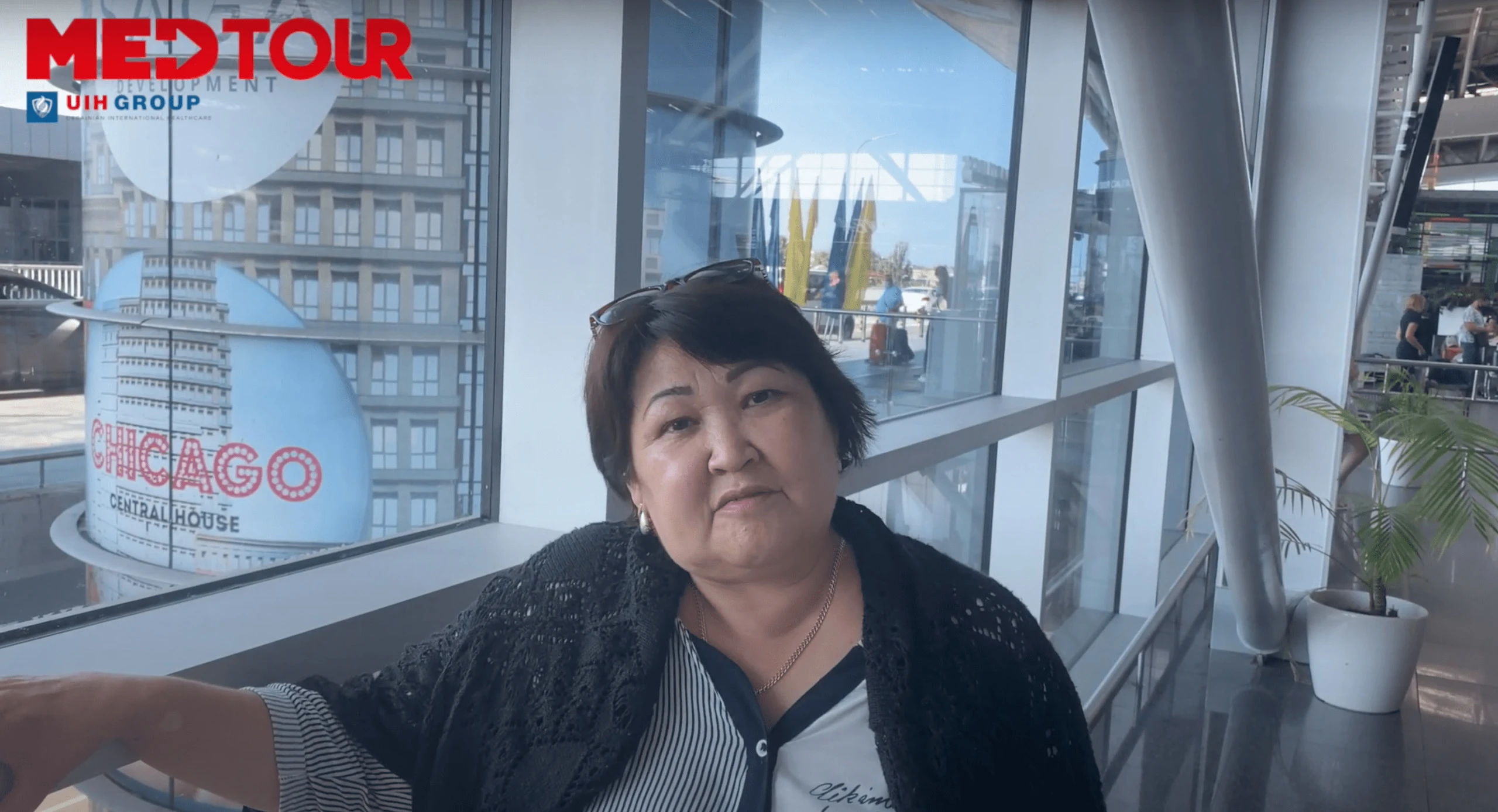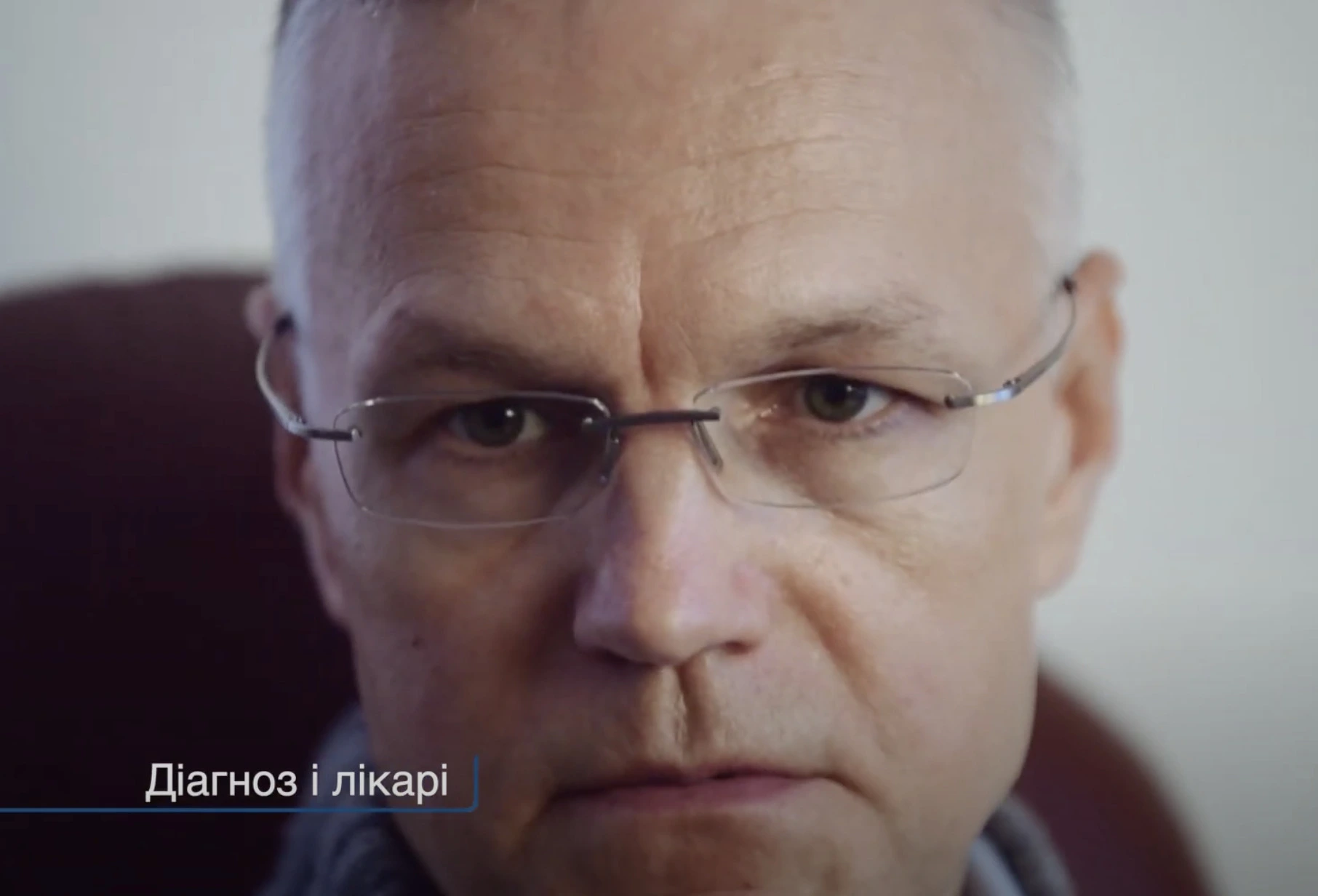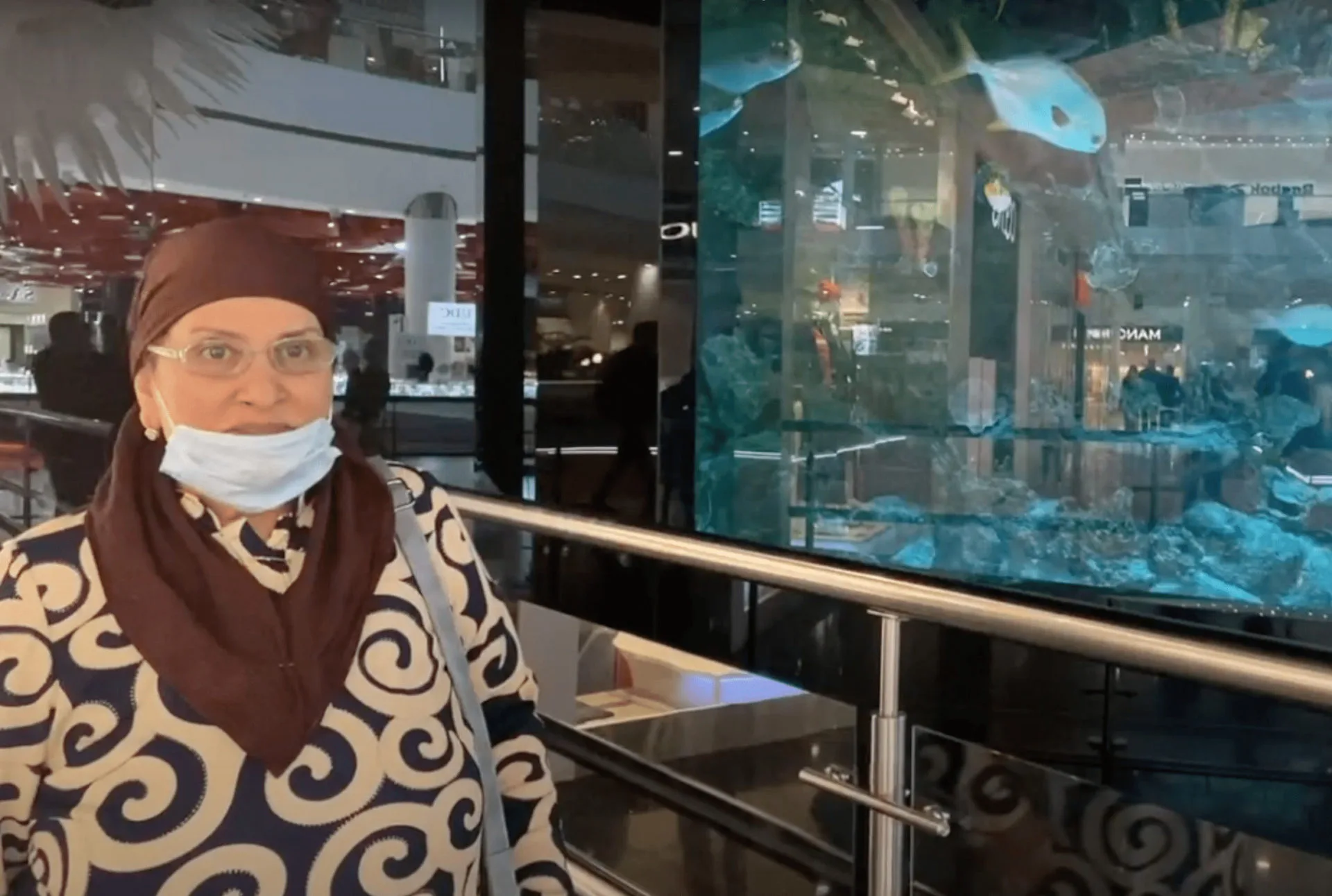Doctors for treatment of Cataract
Doctors for the treatment of cataract
Frequently Asked Questions
The lens of the eye consists of three layers where the outer part is a capsule. The layer inside the capsule is called the cortex, and the deepest and densest is the lens nucleus. Cataracts can develop in any of these areas. Therefore, the types of the disease are named depending on the localization in the lens:
- Posterior capsular cataract refers to opacities in the posterior capsule of the lens.
- Cortical cataract affects the lens layer surrounding the nucleus. In this situation, the cataract looks like a wedge or a spoke.
- A nuclear cataract is located in the center of the lens. The nucleus tends to darken with age causing color change from yellow to brown and sometimes to black.
Most often, cataracts develop gradually.
The most common symptoms:
- Vision becomes blurred;
- The perception of the color of objects decreases (they look paler);
- Increased sensitivity to glare from light (for example, from lights or lamps);
- Double vision;
- Pupil color change.
In order to get a reliable answer to the question, it is necessary to undergo a diagnostic. Only a professional doctor can diagnose and prescribe treatment.
The coordinating doctors of the MedTour platform will advise you and select the best clinic according to all the patient’s criteria.
Do not self-medicate, seek help from experts in evidence-based medicine!
The doctor can diagnose a newborn baby with a congenital cataract. After a diagnostic, the ophthalmologist notices a clouding of the lens of the eye. In case parents notice the lack of natural transparency of the lens of their child, it is recommended to and seek medical advice.
Doctors associate most of the cases of cataracts with age-related changes. In people over 50, the lens becomes more cloudy, and vision decreases.
Additional factors in the onset of the disease include:
- Family history (cataracts can be hereditary);
- Diabetes (this disease increases the risk of cataracts);
- Ultraviolet radiation (studies prove the likelihood of cataract formation when the eyes are actively exposed to UV-radiation);
- Bad habits (alcohol, smoking, drugs);
- Mechanical trauma to the eyelids.
There are no clinically proven methods of prevention at this time, but there are general medical recommendations:
- Reduce exposure to sunlight — wear high-quality lenses or glasses that protect to UV-radiation;
- Eliminate tobacco smoking and minimize alcohol;
- Introduce foods rich in vitamins and antioxidants into the diet;
- Follow the doctor’s instructions to control the disease that directly affects the appearance of cataracts;
- Observe safety measures when working in hazardous industries and sports.
It is impossible to cure cataracts even at the early stage in a conservative method. Nonsurgical therapy may be aimed at temporarily improving vision. The ophthalmologist prescribes glasses with the appropriate diopters and special dusting to protect the pupils from glare and UV-radiation.
The disease develops gradually. A patient has time to do diagnostic and resort to minimally invasive surgery. This will help preserve your vision in the future.
Cataracts and glaucoma are two common eye diseases. Both of them often cause deterioration in visual acuity, especially in the elderly. Diseases develop asymptomatically and progress in a few years. There are differences that you need to know in order to choose a treatment strategy.
Glaucoma is a hereditary disease that requires dispensary observation. In this case the probability of bilateral damage to the structures of the eye often arises. Glaucoma develops under the influence of increased intraocular pressure.
Cataract is a change in the transparency of areas of the lens. The fundamental difference between cataract and glaucoma lies in the effectiveness of surgical treatment. With a successful cataract surgery, the patient has a chance to restore vision up to 100%. Since glaucoma is a chronic disease, it is only possible to alleviate the patient’s condition by lowering the increased intraocular pressure.
Cataract treatment depends on the degree of visual impairment. At the initial stage, it may be recommended to change glasses with anti-reflective coating for vision correction and eye protection.
If the cataract progresses, doctors prescribe one of two options for surgery:
- Extracapsular surgery — the doctor removes the core of the lens. The patient’s natural lens is replaced with a clear plastic lens. This implant focuses vision and does not require special maintenance.
- Phacoemulsification is a small incision surgery followed by insertion of a tiny probe from the side of the cornea. This method allows using ultrasound to soften and remove the pathological mass from the eye.
Qualification of specialists. Doctors of foreign clinics undergo long-term training before they become eligible for independent treatment of patients. For example, in Israel, doctors study medical science, undergo training with leading specialists in Europe and the United States for 12-14 years.
Sparing technologies. In foreign hospitals, modern equipment is available for the treatment of ophthalmic diseases. Surgeons use a femtosecond IntraLase laser with ultra-short pulses. This is the latest generation equipment that allows doctors to quickly and painlessly cure cataracts. The doctor performs surgery through an incision up to 3 mm in diameter. The patient will be able to leave the hospital on the day of the surgery.
The cost of the surgery depends on the selected country for treatment, the popularity of the clinic, the qualifications of the eye surgeon and the method of treatment.
The total cost may include:
- Specialist consultation;
- Vision diagnostics and analyzes;
- Surgical procedure;
- Diagnostics and rehabilitation after surgery.
Average cost is $ 7000. You can find the current prices for cataract surgery on the MedTour website or leave your request — the coordinator doctor will call you back during the day.
If the surgery was performed by an experienced surgeon of a leading clinic abroad, then the patient will be able to leave the hospital in 1-2 hours after the procedure. At the time of discharge, the patient will be given a memo, which will describe the restrictions for the rehabilitation period.
In order for a person to return to their usual way of life as soon as possible, doctors give the following recommendations:
- During the first month, avoid getting water, soap, shampoo into the operated eye;
- Protect the eyelid from mechanical impact;
- Exclude the alcohol and tobacco during the rehabilitation period;
- Sleep in a position on your back or on your side, opposite to the area of the operation;
- Wear sunglasses while outdoors;
- Limit physical activity and heavy lifting.
Sometimes the doctor prescribes special eye drops to the patient, which must be used in strict accordance with the instructions given. Self-administration of any medicines is unacceptable.
Modern methods of diagnostics and treatment of cataracts abroad
Methods for diagnosing cataracts in foreign clinics
Doctors can confirm the cataracts with a comprehensive eye exam. The modern diagnostics in the world`s leading clinics include:
- The doctor takes a history to determine how the change in vision affects the patient’s quality of life;
- Medical specialists measure eye pressure, check the condition of the retina;
- The patient is tested for color vision perception and sensitivity to light glare;
- The ophthalmologist performs biomicroscopy, which allows to obtain an optical section of the lens. During the test, doctors examine the eyeball in detail and determine the localization of the opacity.
Cataract treatment abroad
Hospitals in Israel, Turkey, Spain and Germany are popular among medical tourists — these countries have the highest rates of successful cataract treatment.
Advanced Cataract Treatment
Foreign surgeons often use the most effective method — phacoemulsification. This technology uses ultrasound that turns the affected lens into a liquid mass. Then it is washed out of the eye through a micro-puncture. The tissues heal on their own without suturing. This procedure takes 10-15 minutes.
Conditions for performing cataract surgery in a foreign clinic
Doctors perform a surgery using high-quality local anesthesia — this is the most gentle method of pain relief for the human body. At the request of the patient, the doctor can put him into a state of complete anesthesia.
Most foreign clinics do not require long-term hospitalization. The patient spends in a medical institution on average 1-3 days, including the diagnosis and postoperative examination.
